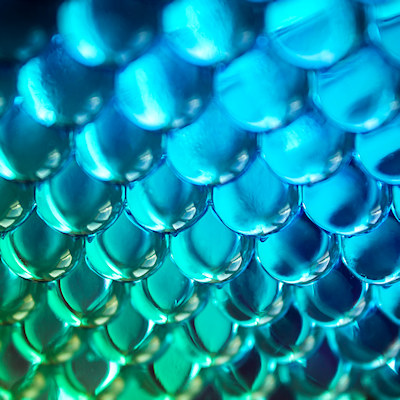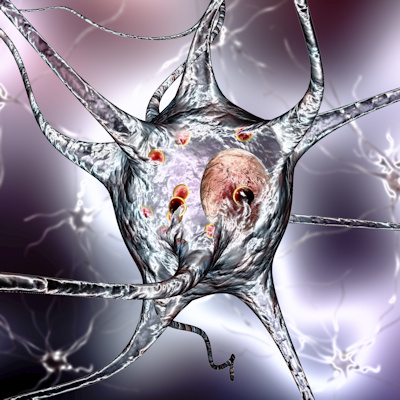February 15, 2023 -- Researchers have developed a smart bionic finger to sense and image materials including human tissue through touch.
Today, imaging techniques such as x-rays and ultrasound are used to see inside human bodies. However, there are limits to what imaging can reveal. Researchers at Wuyi University turned to nature for inspiration in generating a more complete picture of human tissue.
"We were inspired by human fingers, which have the most sensitive tactile perception that we know of," Jianyi Luo, senior author and a professor at Wuyi University, said in a statement. "For example, when we touch our own bodies with our fingers, we can sense not only the texture of our skin, but also the outline of the bone beneath it."
Writing in Cell Reports Physical Science, the scientists describe the development of a bionic finger that expands on the capabilities of previous artificial sensors. Other teams have created sensors capable of discriminating between external shapes, surface textures, and hardness. The new research describes a tool for creating 3D maps of the internal shapes and textures of complex objects.
The bionic finger is made of carbon fibers. As the finger moves across a surface and applies pressure, the fibers compress. The extent to which the fibers compress provides information about the stiffness or softness of the object. Soft objects will deform when pressed; rigid objects will hold their shape and cause the fibers to compress. All of the sensor data is sent to a personal computer to create a 3D map.
To assess the ability of the bionic finger to sense below the surface of a material, the researchers encased soft and rigid materials inside a soft outer coating to create an object with hidden structures. To fully sense the object, the bionic finger would need to differentiate between the soft outer coating and the soft material inside the internal grooves. The bionic finger successfully discriminated between the soft materials, while also completing the easier task of differentiating between hard and soft materials.
A subsequent assessment showcased the potential biomedical applications of the technology. Using 3D printing, the researchers created a model of human tissue featuring a skeletal component made of three layers of hard polymer and a muscle layer made of soft silicone. Running the bionic finger over the tissue model produced a 3D profile of the structure, including a simulated blood vessel beneath the layer of muscle.
"This tactile technology opens up a non-optical way for the nondestructive testing of the human body and flexible electronics," Luo said. "Next, we want to develop the bionic finger's capacity for omnidirectional detection with different surface materials."
Copyright © 2023 scienceboard.net









